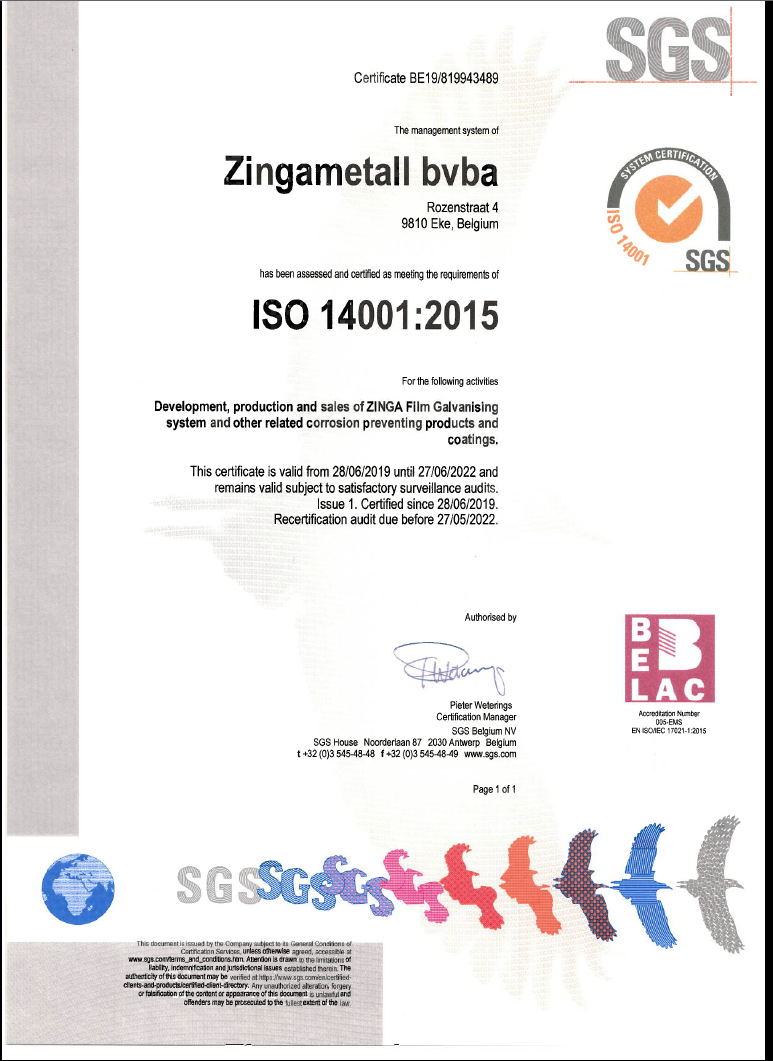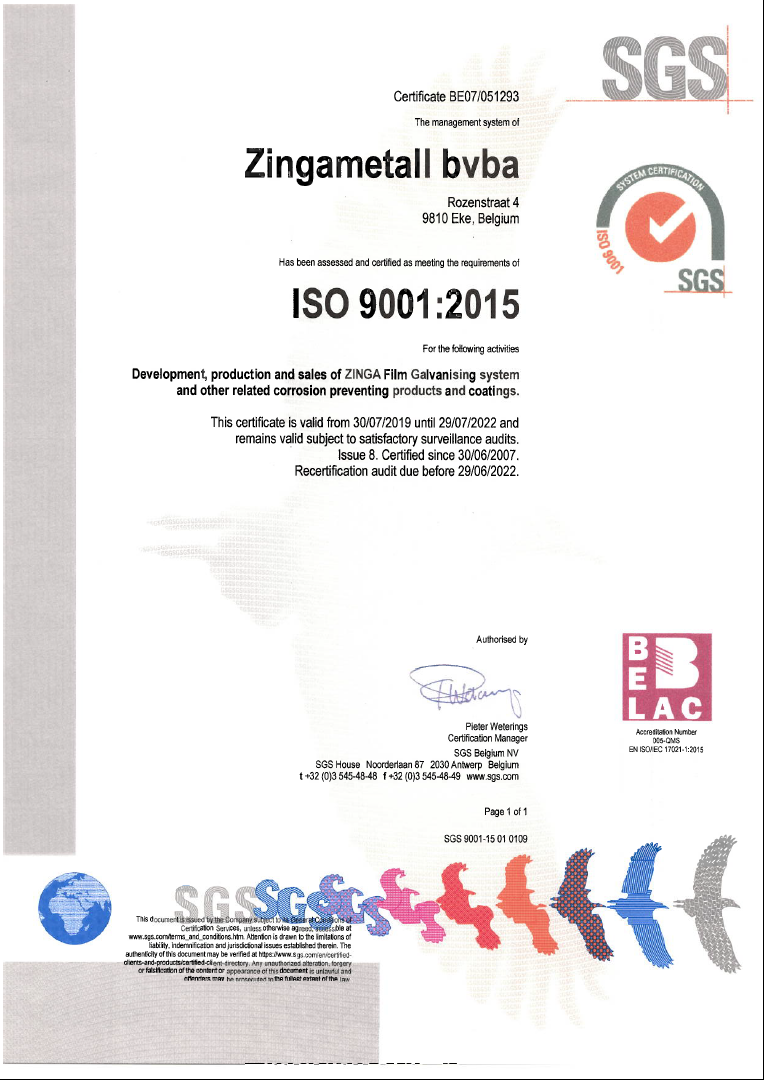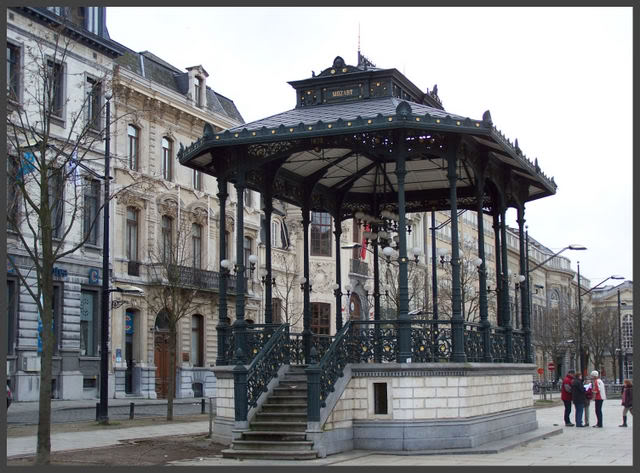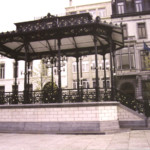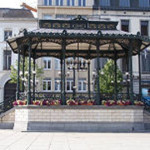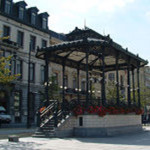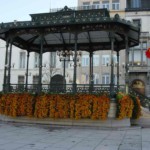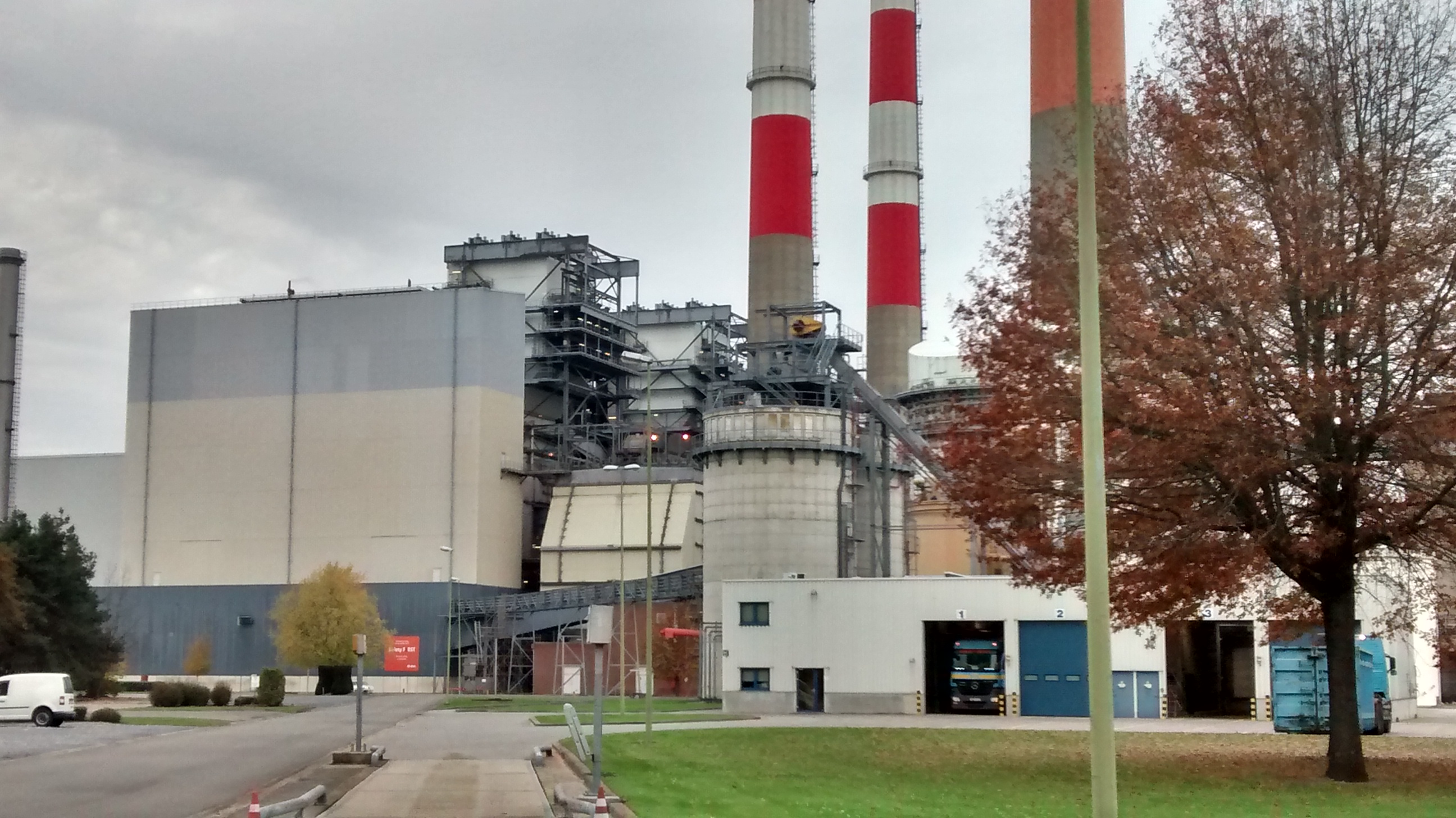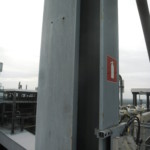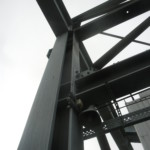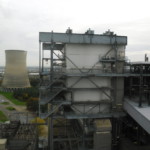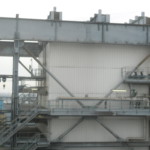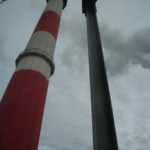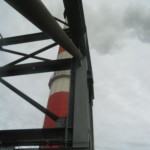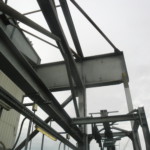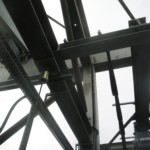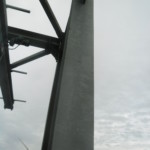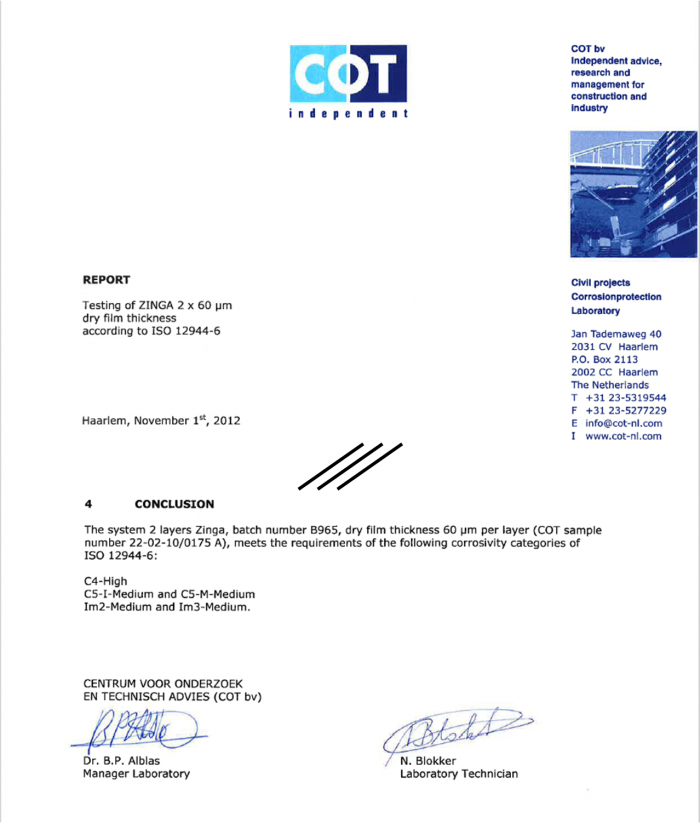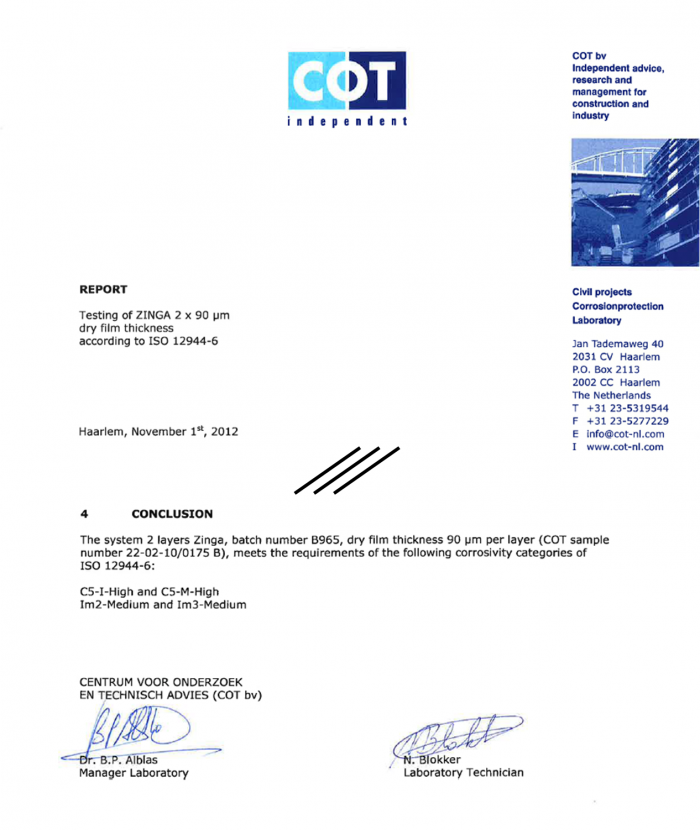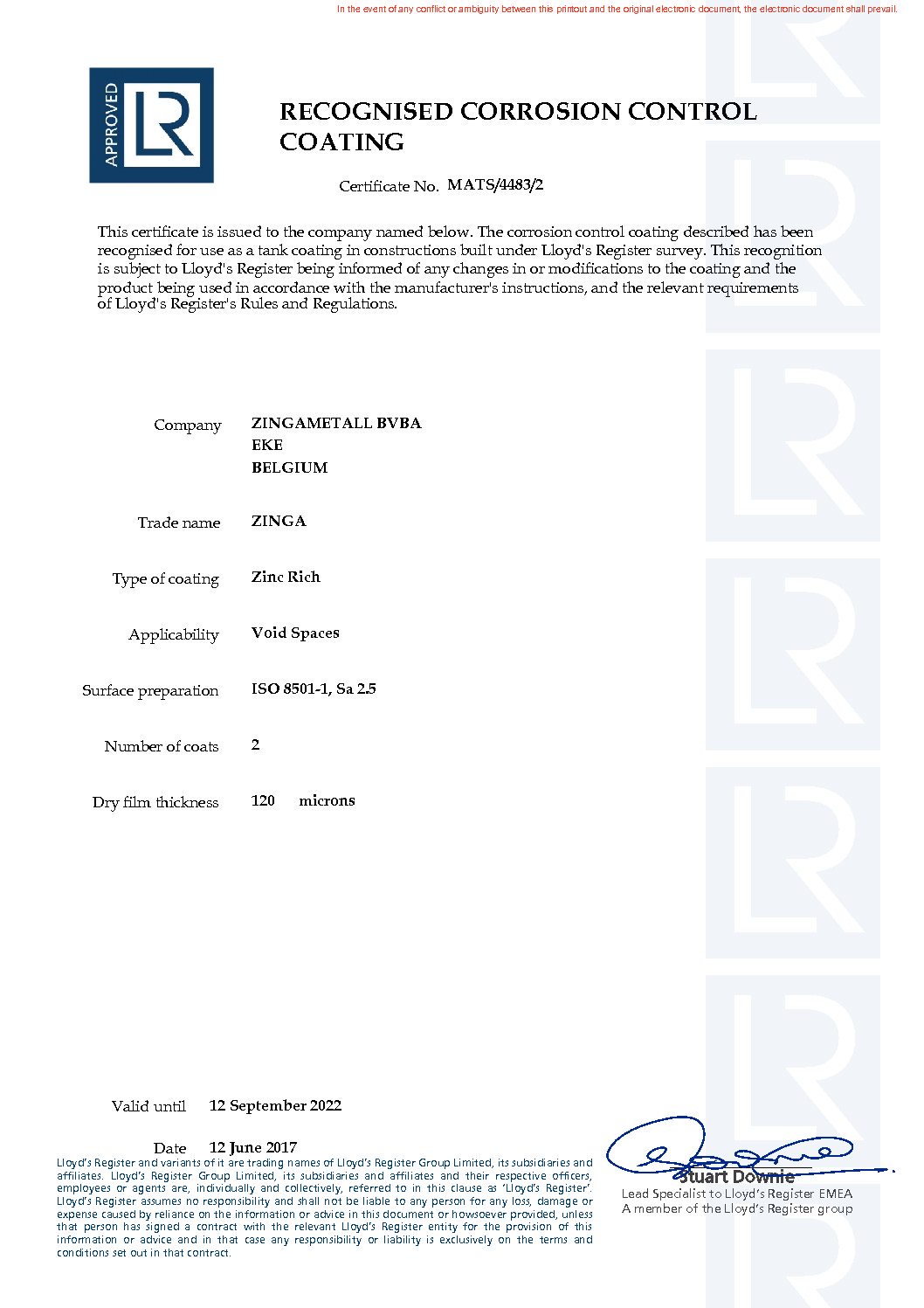ISO 12944-6: Peintures et laques — Protection contre la Corrosion des structures en acier par des systèmes de peintures protectrices.
Le standard ISO 12944 est conçu pour assister les ingénieurs et experts en corrosion afin de pouvoir choisir la meilleure protection contre la corrosion avec des coatings sur de nouvelles constructions ou en réfection.
La norme ISO 12944 est en train de surpasser les standards régionaux pour devenir la norme universelle en matière de contrôle de la corrosion.
Le ZINGA système a subis les test suivants de façon approfondie: condensation d’eau, brouillard salin, résistance chimique, immersion en eau.
Après chaque test d’exposition prescrit (en fonction de l’environnement), le coating est jugé sur l’adhérence, le cloquage, la rouille, les fissures.
Les environnements sont classés selon leur degré de corrosivité:
- C1: Conditions intérieures (bâtiments chauffés /atmosphère neutre).
- C2: Zone rurale, peu de pollution (la campagne, endroit à l’intérieur du pays).
- C3: Zone urbaine et atmosphère industrielle avec un niveau modéré de dioxyde de sulfates et de sels. Lieux de production à haute humidité (grandes villes à l’intérieur du pays avec beaucoup de trafic).
- C4: Zone industrielle ou côtière (avec degré de sel modéré) (usines chimiques, piscines, chantier naval).
- C5I: Zones industrielles à humidité élevée et environnement agressif (condensation continue et haute pollution).
- C5M: Zones côtières et zones marines avec degré salin élevé (condensation continue et haute pollution).
Après exposition, le coating est évalué comme étant H(aut), M(oyen) ou L(ow), reflétant leur longévité :
Low (Bas): Durée de vie de moins de 5 ans
Moyen: Durée de vie entre 5 et 15 ans
Haut: Durée de vie de plus de 15 ans
Le système
ZINGA 2 x 90 µm EFS
a passé le test avec mention C5I et C5M avec classification haute.

